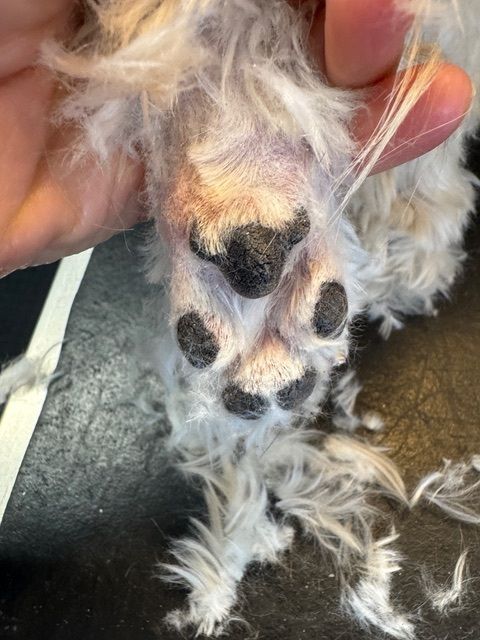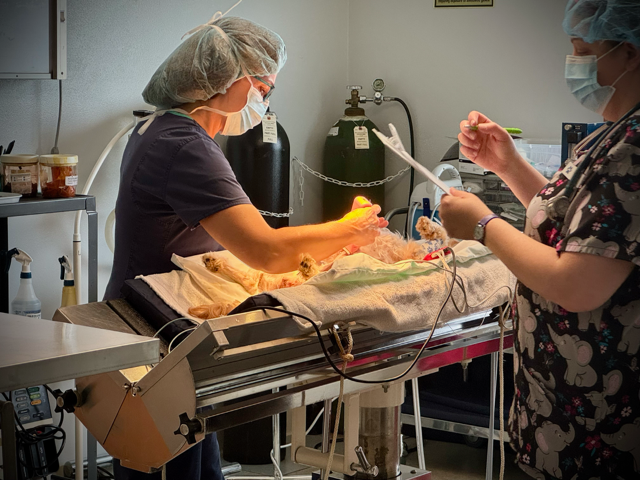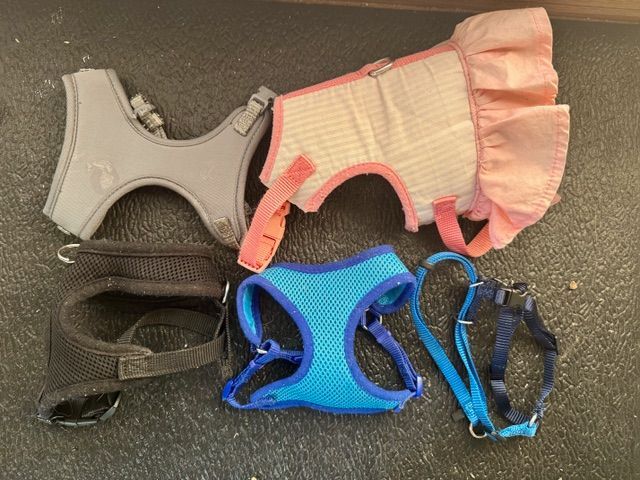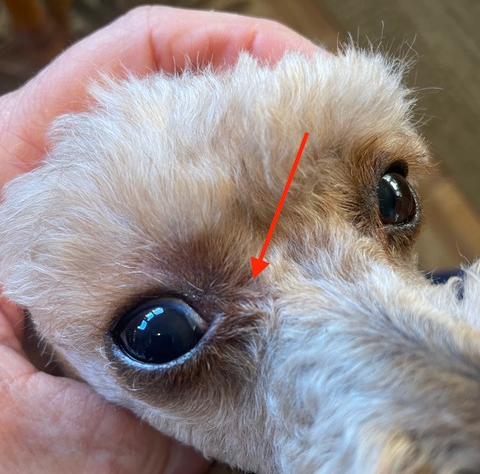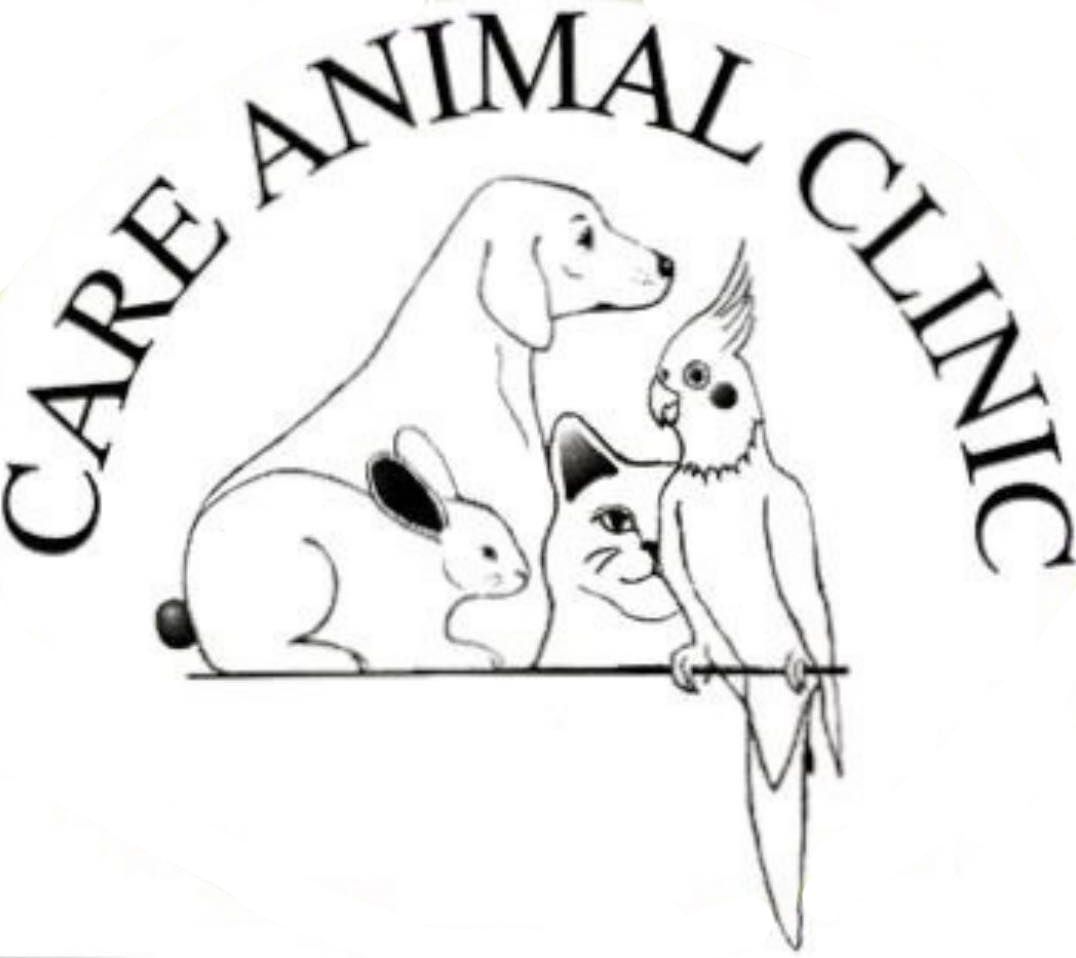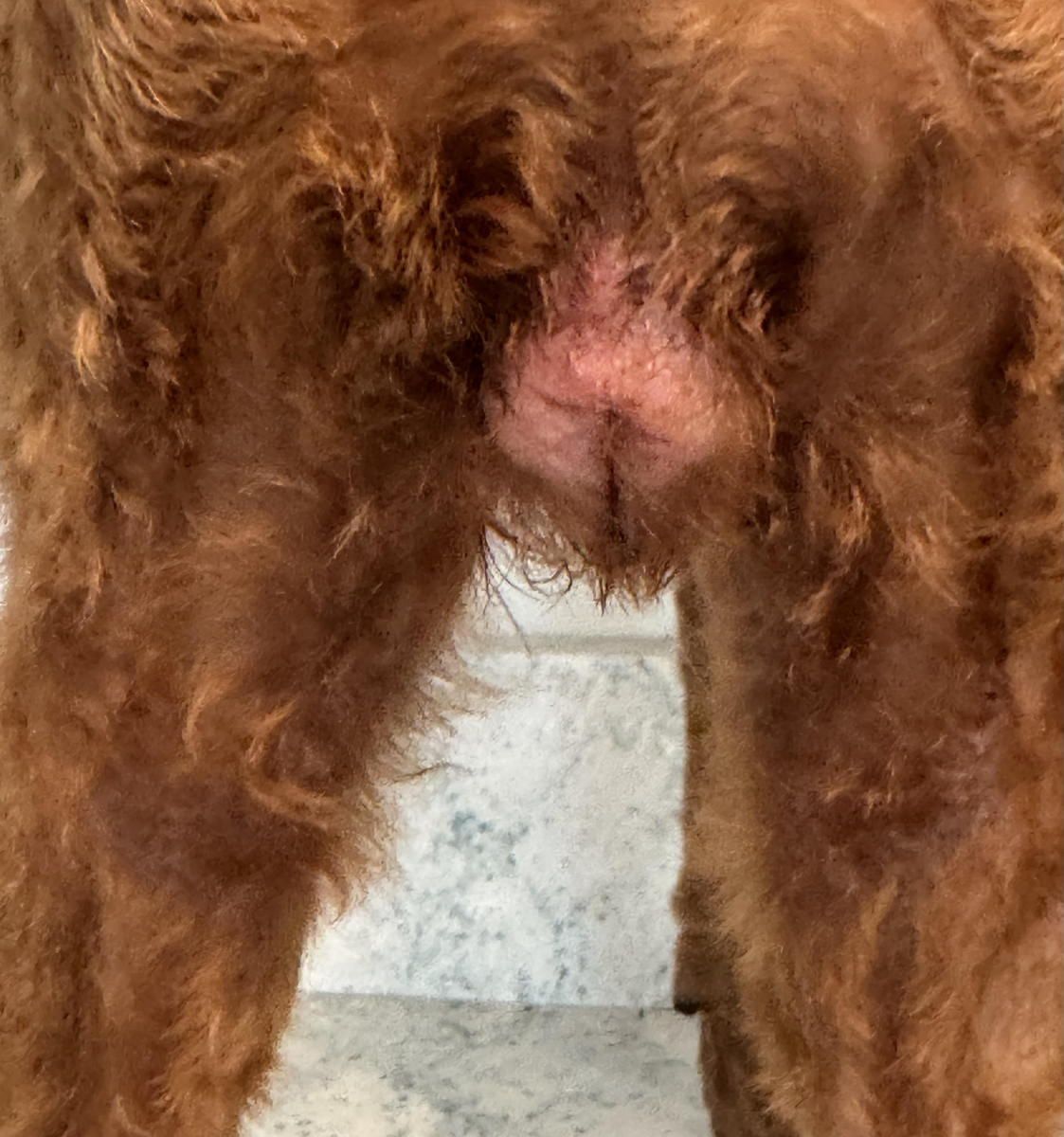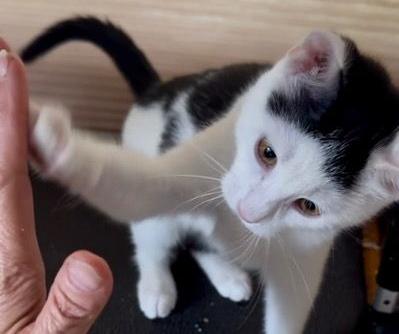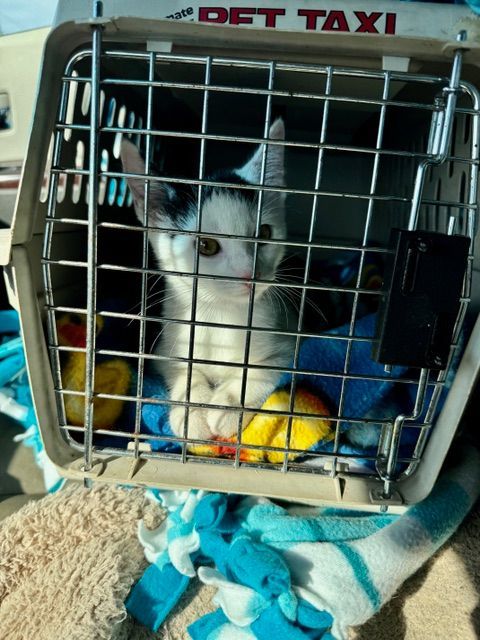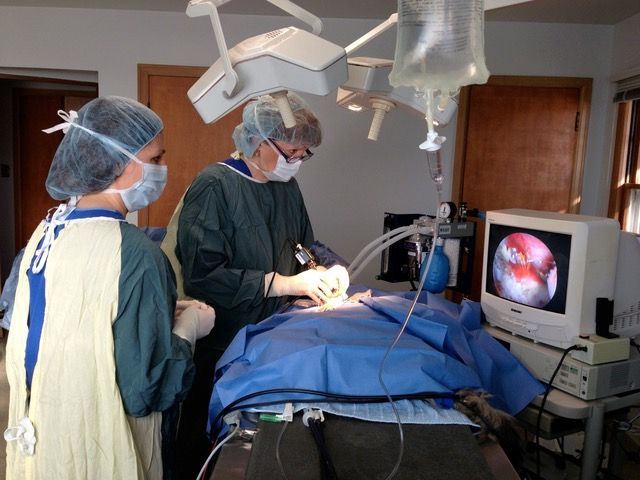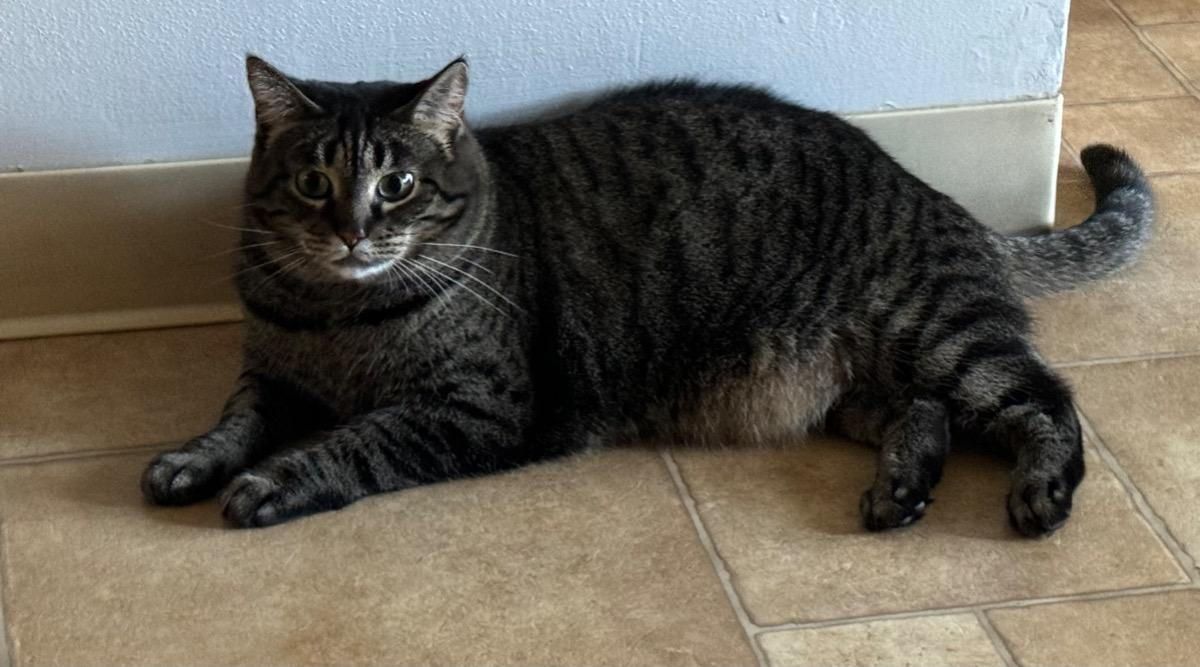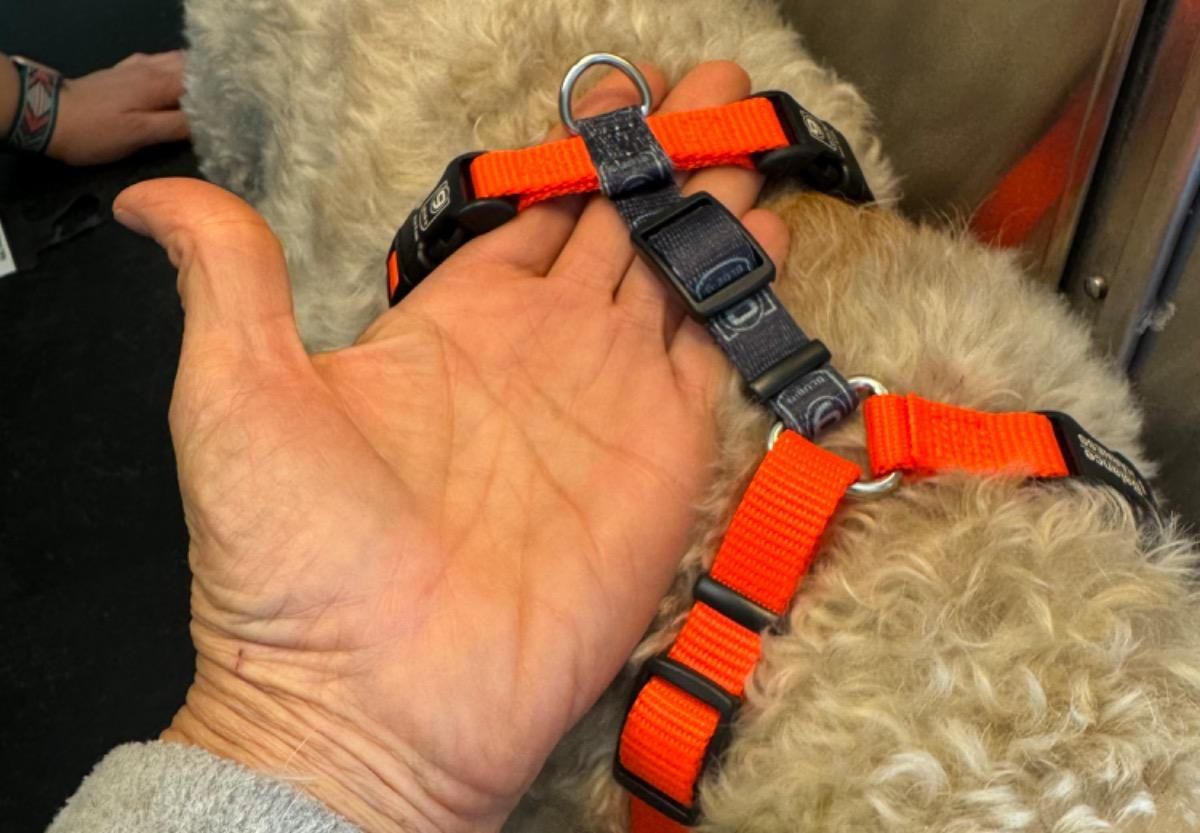My Dog's in heat, Now what?

When to SPAY your dog
SPAY is an acronym for surgical prevention of animal young. Recent reports demonstrate that early spaying and neutering can cause averse joint and behavior issues later in life. Waiting until the body is fully formed, the bones strong at their adult length and joints are at the proper angles. It has been noted that altering can reduce cruciate tears a debilitating condition that may require surgery and or long term medications.
Understanding Dogs in Heat: A Comprehensive Guide for Pet Parents
As a dog parent, understanding the reproductive cycle of your female dog is crucial for their health and well-being, as well as for maintaining a harmonious household. One of the most significant aspects of this cycle is the heat period, known as estrus. In this blog, we will explore what it means for a dog to be in heat, how to recognize the signs, and how to manage this natural process effectively.
What is Heat?
The heat cycle in dogs is a part of their reproductive phase when they become receptive to mating. This cycle can typically be divided into four stages:
1. Proestrus: The initial stage that lasts about 7 to 10 days. Female dogs may exhibit swelling of the vulva and a bloody discharge. They may attract male dogs, but they will not be receptive to mating during this time.
2. Estrus: This is the heat stage, which also lasts about 5 to 14 days. During estrus, the discharge may lighten in color, and the female becomes receptive to male dogs. This is the optimal time for mating. Veterinarians can take vaginal swabs to determine the best time to breed. Cornfield cells indicate the estrus cycle.
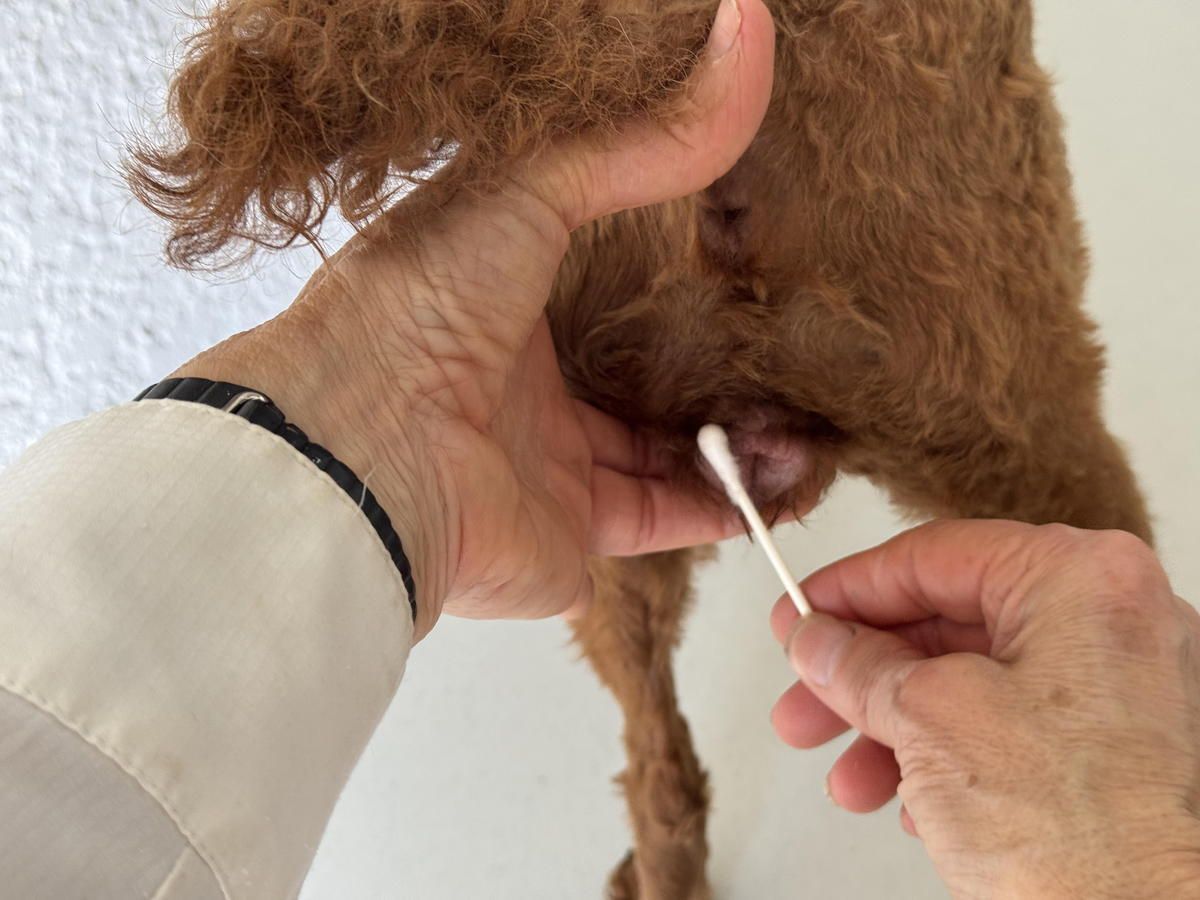
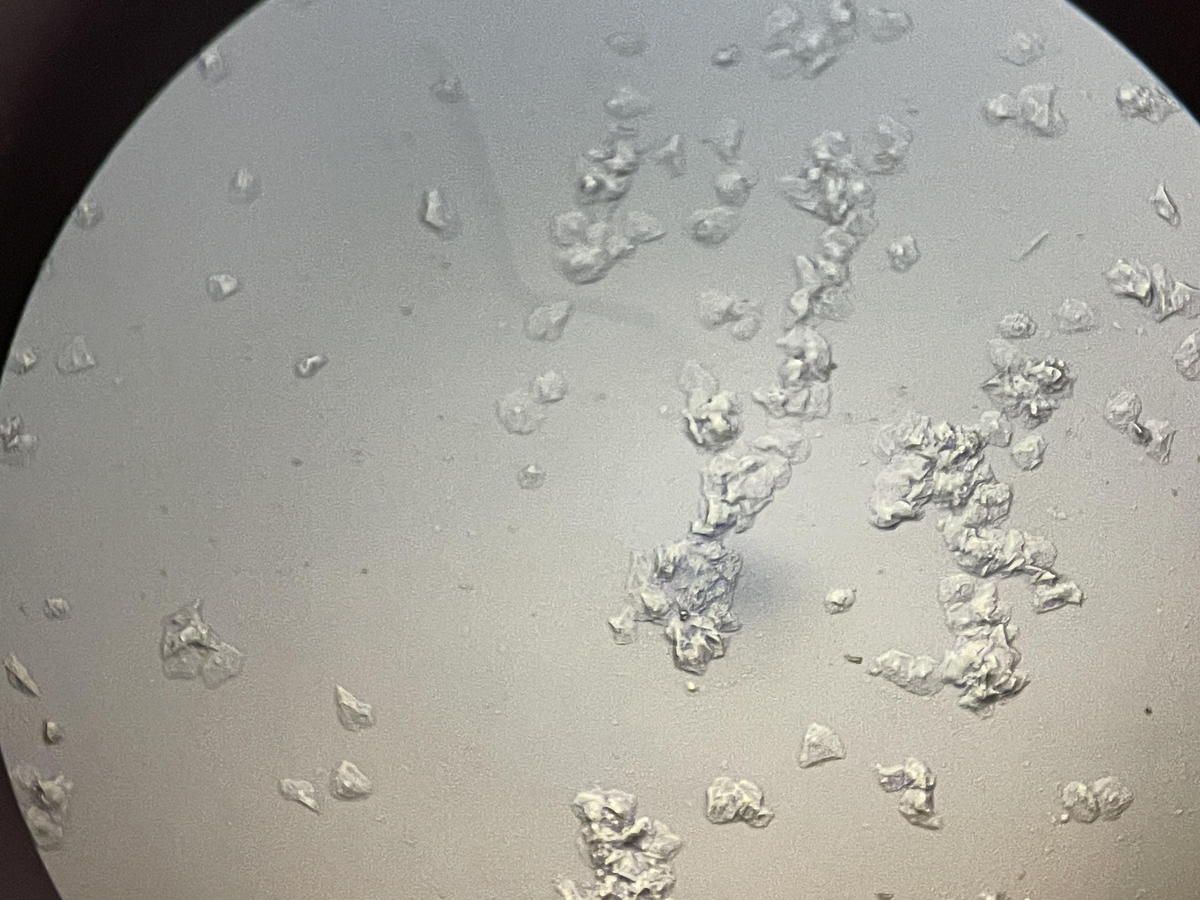
3. Diestrus: Often referred to as pseudo pregnancy, lasting about 60 to 90 days, this phase follows mating. Whether or not the dog has mated, her body will react as if she is pregnant. If not, she will eventually return to a normal state. During this time she may have enlarged mammary glad, may have mammary discharge, May have nesting behavior, carrying certain toys around and tending them. It's important not to take away such toys during this time

4. Anestrus: This is the resting phase of the reproductive cycle, lasting until the next proestrus, and can last several months.
Signs Your Dog is in Heat
Recognizing the signs that your dog is in heat is essential for managing her behavior and health. Common signs include:
- Swollen Vulva: The vulva may appear enlarged and swollen.
- Behavior Changes: Your dog may become more affectionate, restless, or irritable. Conversely, some dogs might withdraw.
- Increased Urination: An increase in urination is common. Dogs may urinate to mark their territory and signal their availability to males.
- Bloody Discharge: A bloody or pinkish discharge may be noticeable, particularly in the proestrus stage.
- Licking the area

- Attracting Males: Male dogs may show increased interest and attempts to reach female dogs in heat.
Duration of the Heat Cycle
The heat cycle can vary greatly among dogs, with some experiencing it as early as six months old, while others may not start until they are over a year old. Heat cycles typically occur every six to twelve months, depending on the breed, age, and individual differences.
Management Tips for Dogs in Heat
1. Keep Her Indoors, when outside well supervised: To prevent unwanted mating, keep your dog indoors and away from male dogs during her heat cycle. Don't visit dog parks while in heat, dog fights and unwanted mating may occur.
2. Use Protective Wear: Doggie diapers or pads can help manage discharge and keep your home clean. Just make sure to change them regularly.
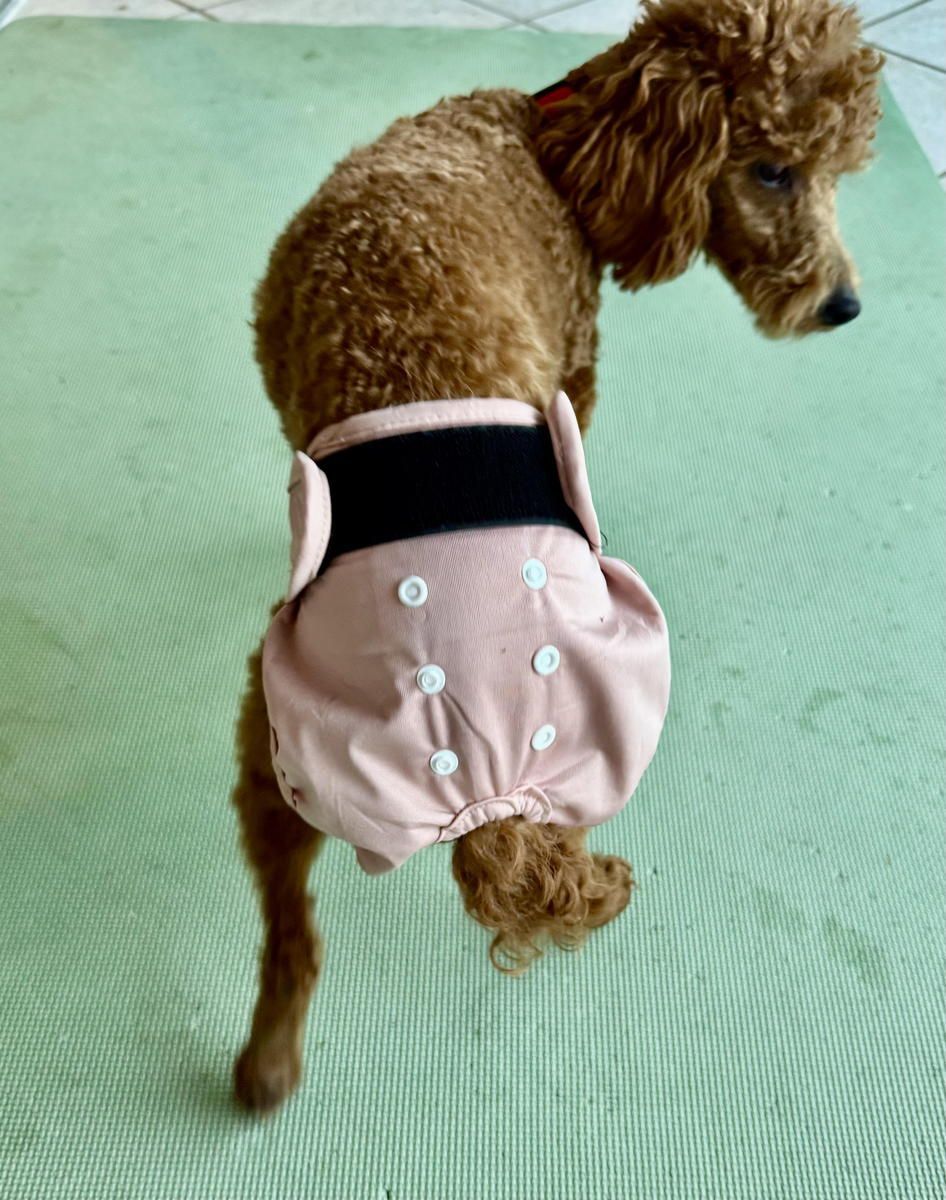
3. Maintain Calmness: Dogs in heat may exhibit heightened anxiety or restlessness. Keeping a consistent routine can help to soothe her.
4. Consult with Your Vet: If you have questions about managing your dog’s heat or if you notice any unusual symptoms, consult your veterinarian for professional advice.
5. Consider Spaying: If you do not plan to breed your dog, spaying her can prevent future heat cycles, reduce the risk of certain health issues, and help control the pet population. Spaying during the anestrus period has less complications.
Final Thoughts
Understanding when and how a female dog goes into heat is vital for responsible pet ownership. By recognizing the signs and managing the heat cycle appropriately, you can ensure your beloved companion remains healthy and happy. Whether you choose to breed your dog or not, being informed will help you make the best decisions for her well-being.
If you have any further questions about your dog's health, always consult a veterinarian to provide the best care for your furry friend.
References
1. American Kennel Club (AKC)
- Website: [akc.org](https://www.akc.org)
- The AKC provides extensive information on dog breeds, health issues, and reproductive cycles.
2. The Merck Veterinary Manual
- Website: [merckvetmanual.com](https://www.merckvetmanual.com)
- An authoritative reference for all aspects of veterinary medicine, including the reproductive health of dogs.
5. PetMD
- Website: [petmd.com](https://www.petmd.com)
- Provides expert advice and articles related to pet health, including discussions on heat cycles and dog behavior.
